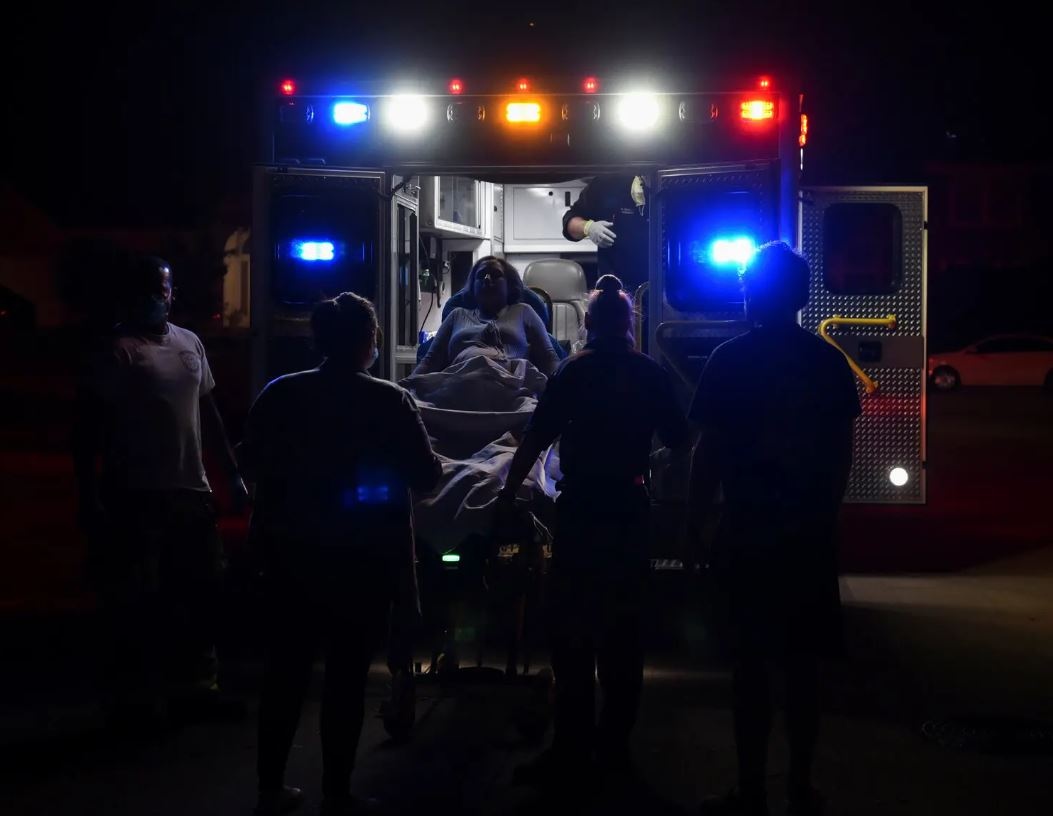During the pandemic, pregnant women and new mothers died at an alarming rate, and not simply because of a surge in medical difficulties that may accompany pregnancy and delivery. According to a report released on Friday, drug overdoses, killings, and automobile accidents took an even larger toll.
Jeffrey T. Howard, assistant professor of public health at the University of Texas in San Antonio and primary author of the research published in JAMA Network Open, described the situation as “very sad.”
“There is absolutely an issue in our nation for pregnant or postpartum women who are vulnerable and under a great deal of stress,” he said. As a culture, we are failing these mothers and their children.
Maternal health is usually regarded as a critical indicator of the overall health of a community. Even before the epidemic, the United States was the most perilous location in the industrialized world to have a child, with the highest dangers concentrated in Black and Native American populations.
Native American women suffer the highest risks during and after pregnancy, as underlined by the latest analysis. The study found that Native American women were three-and-a-half times more likely to die during this critical period than white women.
They were three times as likely to die from a pregnancy-related problem and almost four times as likely to die from a non-pregnancy-related cause. Native American women were five times more likely than white women to die in auto accidents during and after pregnancy, three times more likely to die from drug overdoses or murder, and four times more likely to commit suicide.
During and after pregnancy, Black women faced almost twice the risk of mortality compared to white women, as well as a 2.8-fold increased chance of dying from pregnancy-related complications.
Compared to white women, they were less likely to die from a drug overdose or suicide during and after pregnancy. But more than any other racial or ethnic group, Black women were murdered; they were five times more likely to be murdered in this manner than white women.
Dr. Howard and his colleagues studied death certificates, which identify the underlying cause of death and provide a checkbox for pregnancy. The certificates question not only whether the dead was pregnant at the time of her death, but also if she had been pregnant during the previous six weeks or within the preceding year.
The researchers detected 2,019 fatalities in 2019 and 2,516 deaths in 2020 among women who were pregnant at the time of death or during the previous year. In 2020, there were rises in mortality from pregnancy-related complications and other causes.
Drugs, motor vehicle accidents, murders, and suicides were the most prevalent causes; suicide was the only category that did not grow between 2019 and 2020.
Only 23 of the fatalities observed in 2020 among pregnant or previously pregnant women were attributed to Covid-19 (171 listed Covid as a contributing factor).
Dr. Howard predicted that the trends would deteriorate and that circumstances for pregnant women and new moms will become even more difficult as more states restrict access to abortion and embrace laws that limit birth contraception.
A variety of social and economic variables, including inequities in access to and quality of care, impact maternal health. According to researchers at the Centers for Disease Control and Prevention, about 80 percent of maternal fatalities are avoidable.
The average life expectancy in Native American society decreased by six and a half years, a severe decline, as a result of the epidemic. Native Americans and Alaska Natives presently have a life expectancy of 65 years, the same as the national average in 1944.
According to research, Native Americans were more susceptible to the coronavirus due to their typically inferior health, pervasive poverty, racial prejudice, and limited access to health care.
In addition to increased vulnerability to Covid, the high prevalence of Type 2 diabetes and obesity among Native Americans also contributed to pregnancy problems. Numerous Native American and Alaska Native women reside in locations with a high incidence of violent crime and poverty.
Because they lack health insurance and cannot afford medical treatment, they generally begin prenatal care late in pregnancy. They typically deal with dangerous problems such as premature labor, hemorrhaging or bleeding, and pre-eclampsia or pregnancy-related high blood pressure.
Infant mortality rates are high, and Native American infants are twice as likely as white infants to die before their first birthday.
Jessica Whitehawk founded the Ttawaxt Birth Justice Center on the Yakama Indian Reservation in eastern Washington State to address these disparities. The center provides access to prenatal care, support during pregnancy and afterward, and instruction about traditional practices such as foraging for nutritious foods, herbs, and medicines.
Ms. Whitehawk said that centuries of persecution have wounded Native American communities, which are now exacerbated by food hardship and housing constraints.

